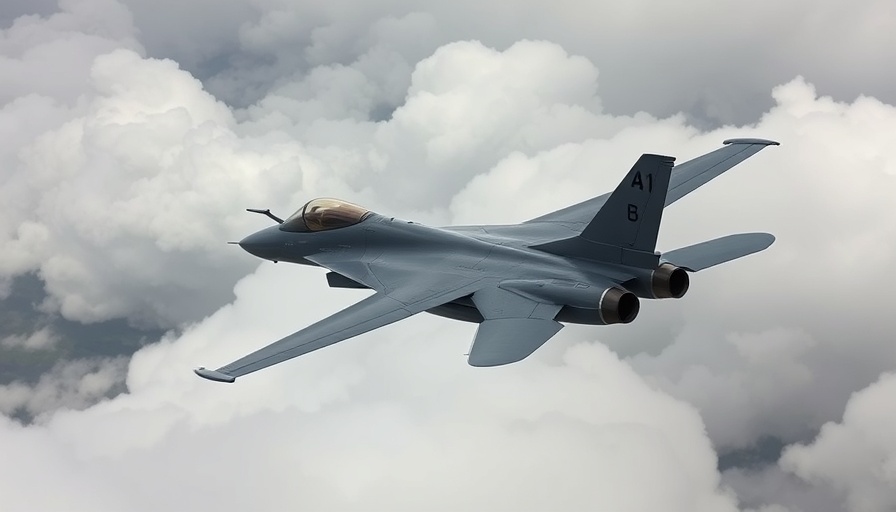
Why India's Interest in Military Aircraft is Shifting
In a notable move during a meeting in February 2025, India indicated to the United States that it is "not keen" on acquiring the coveted F-35 stealth fighter jets, as reported by Bloomberg. This revelation is critical as both nations navigate their complex defense partnership, impacted by trade imbalances and shifting geopolitical alliances.
The Stakes Involved: Trade and Tariff Challenges
The backdrop of this decision is underscored by the current $41.18 billion trade deficit India faces with the U.S. The recent imposition of a 25% tariff on Indian imports comes at a time when both nations failed to finalize an anticipated trade deal. India has emphasized more interests in collaborations that foster joint design and production rather than outright purchases of advanced military aircraft.
Strategic Interests: The Appeal of Russian Alternatives
As India has historically relied heavily on Russian military technology, defense analysts highlight the advantages the Russian Su-57 offers over the F-35. Lower costs and tech transfer opportunities make it a compelling option for India's Air Force amidst ongoing defense deliberations. This preference for Russian systems speaks volumes about India's strategic decisions in the global defense landscape.
Future Predictions: A Shift in Indo-U.S. Relations?
The hesitation on India's part to embrace the F-35 could represent a larger trend in international military procurement, suggesting potential shifts in alliances that resonate beyond the military sphere into broader economic and diplomatic realms. As the geopolitical landscape evolves, India's role and choices in military acquisitions could signal new pathways in U.S.-India relations.
Whether this marks a longer-term change in defense procurement strategies will be worth observing in the coming months and years as both nations navigate complex trade and defense relationships.
 Add Row
Add Row  Add
Add 




Write A Comment